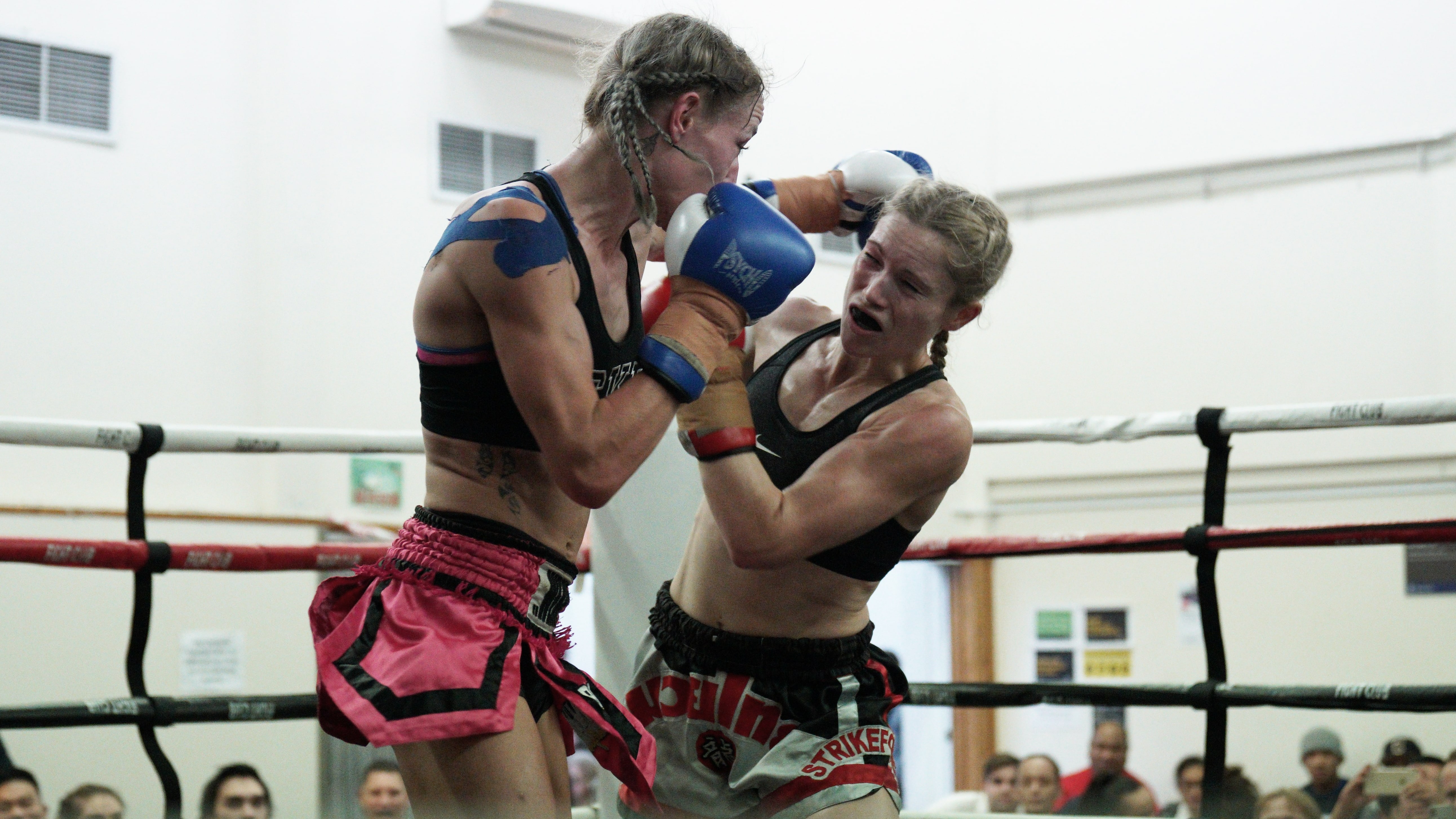
In 2016, only 15 percent of city mayors in New Zealand were female.
In 2016, the number of serious assaults on female 25-29-year-olds resulting in injury was nearly triple the number of male victims in the same age bracket.
At the 2013 census, there were 121,566 one-parent families with single mothers and 22,845 with single fathers.
Median hourly wages in 2017 were $25.41 for men and $23.02 for women.
According to a 2016 survey, 77.1 percent of males feel safe walking alone after dark, compared with 43.6 percent of females.
In the first quarter of 2018 there were 71,800 women not seeking work because they were looking after children, compared with 5400 men.
In 2017, here were 153 male surgeons (general) in Auckland and 24 females.
In 2017, 17.5 percent of adults who are women did not visit a doctor because of cost, compared with 10.9 percent of men.